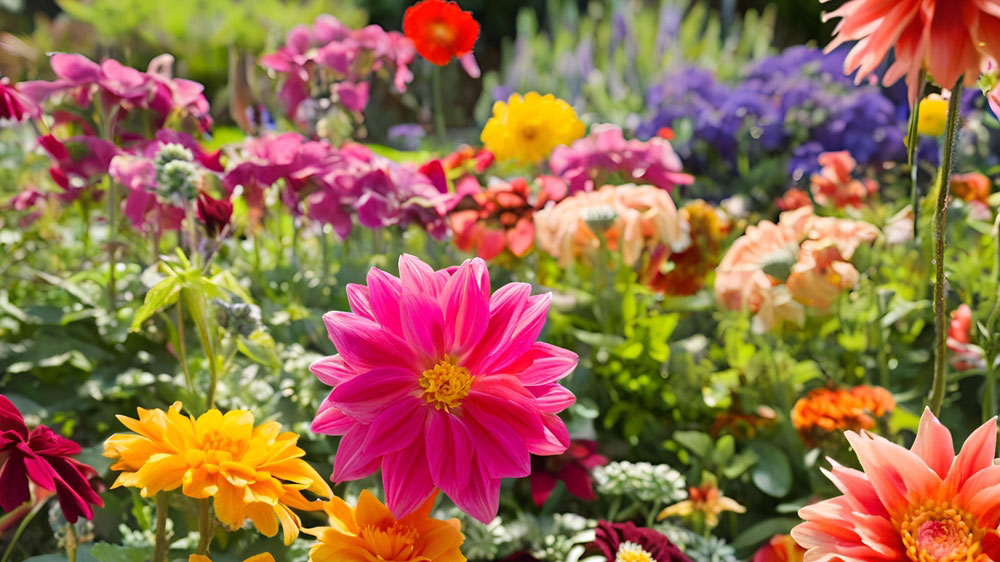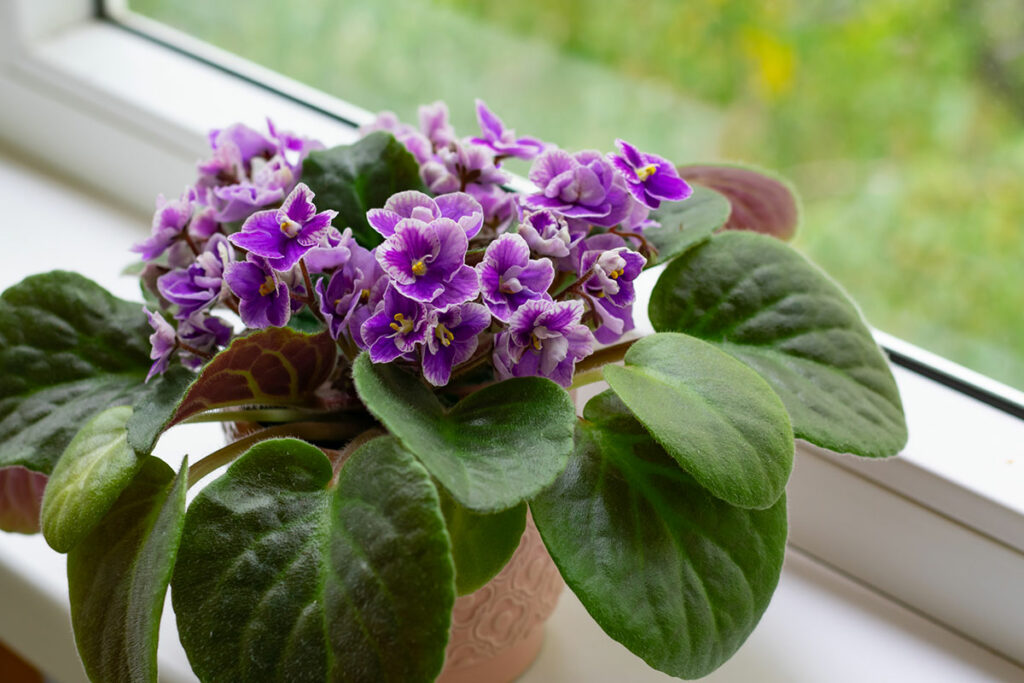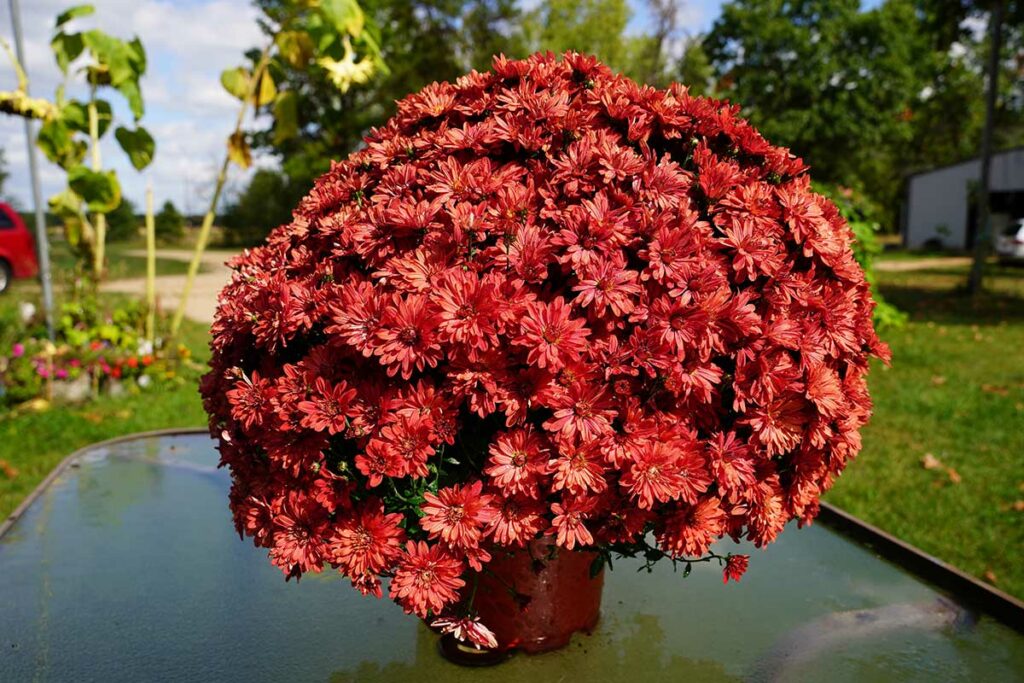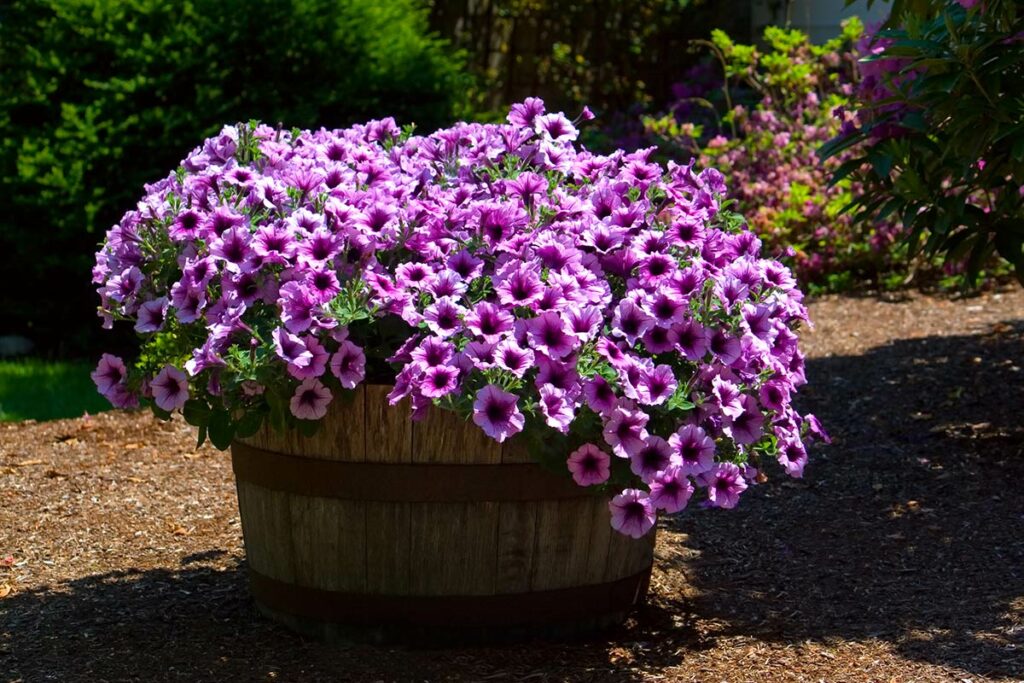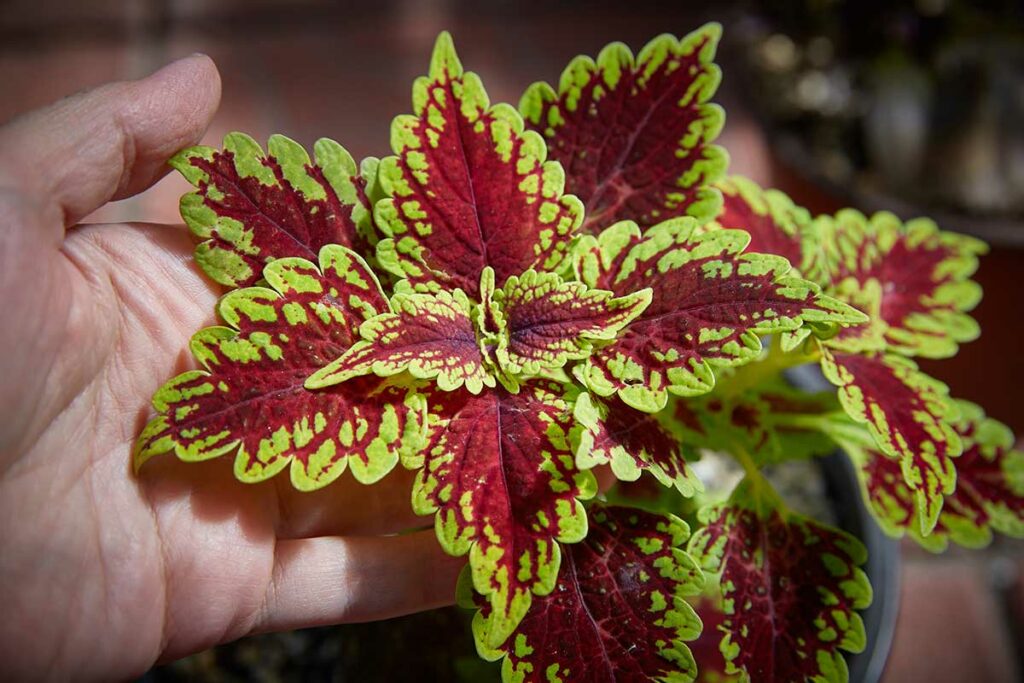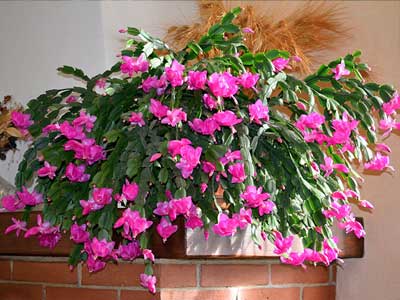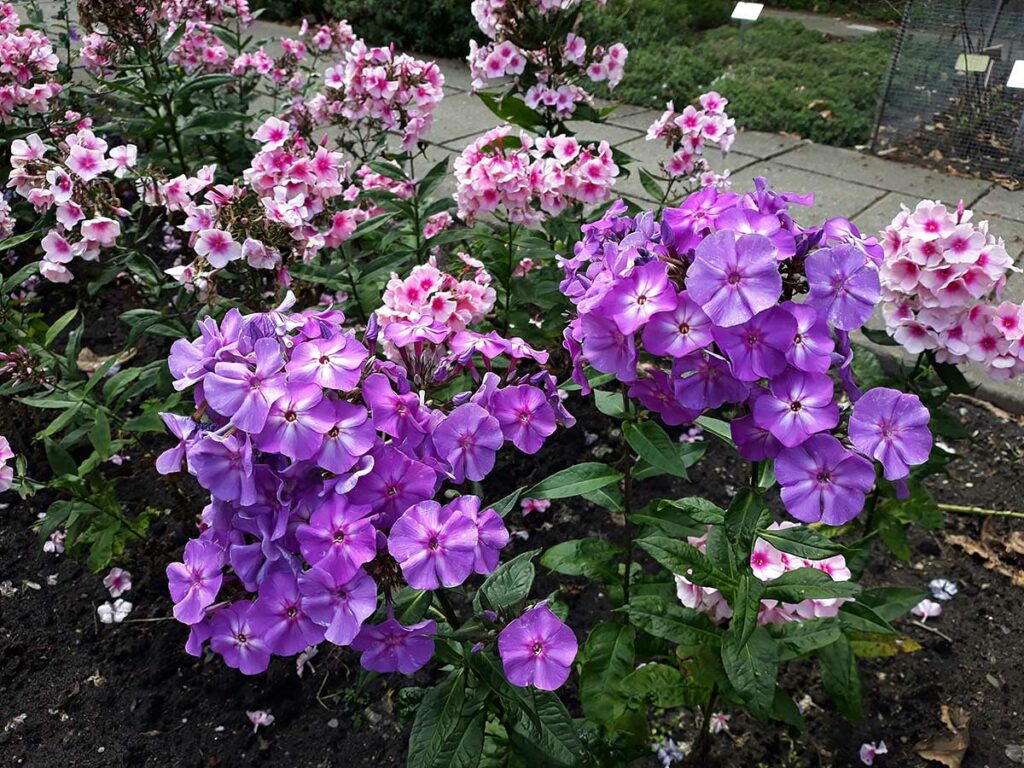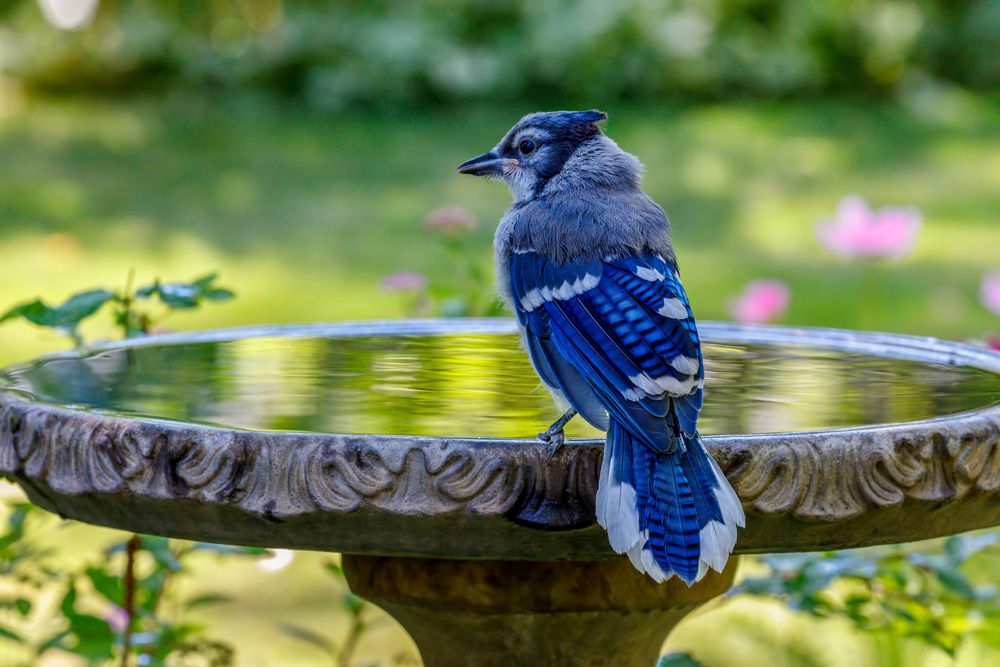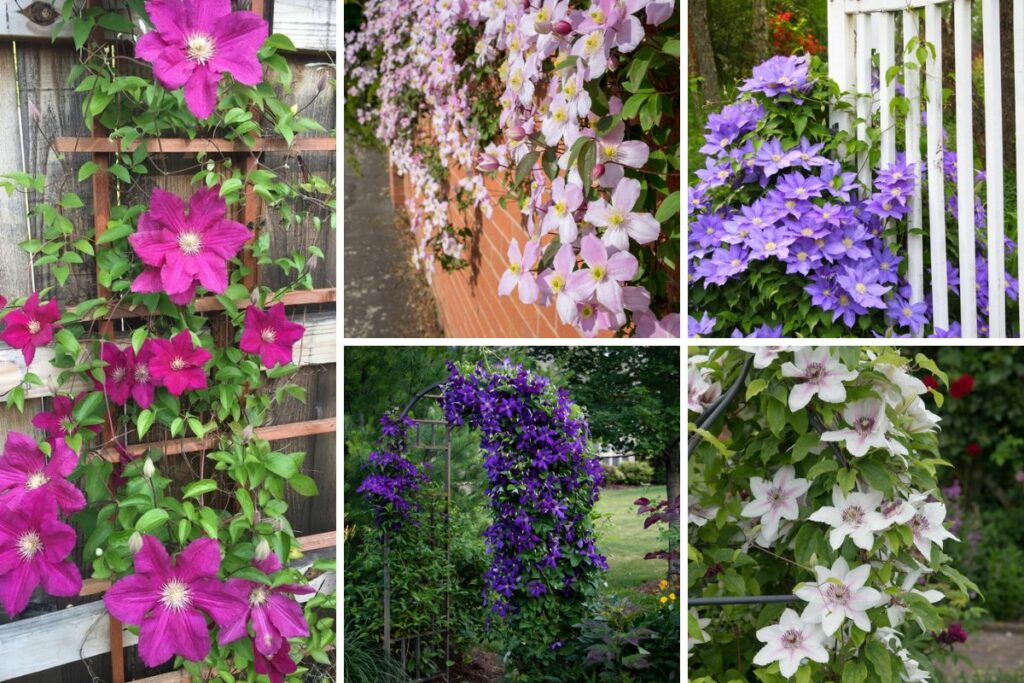
Clematis is a beautiful and versatile flowering vine that can add a touch of elegance to any garden.
However, training a clematis to climb can be a bit of a challenge for some gardeners.
Fortunately, with a little bit of knowledge and some careful planning, anyone can successfully train their clematis to climb and bloom to its full potential.
One of the most important things to consider when training a clematis to climb is the type of support structure you will be using.
Clematis vines need a sturdy support system that can withstand their weight and provide plenty of room for growth.
Gardeners can choose from a variety of support structures, including trellises, arbors, and pergolas, depending on their needs and preferences.
Another important factor to consider when training a clematis to climb is the timing and method of pruning.
Pruning is essential for encouraging healthy growth and ensuring that the vine blooms to its full potential.
Gardeners should prune their clematis vines according to their specific variety and growth habit and should avoid pruning at the wrong time or in the wrong way, as this can damage the plant and reduce its blooming capacity.
Choosing the Right Support
When it comes to training your clematis to climb, choosing the right support is crucial. There are several options to choose from, each with its own benefits and drawbacks. Here are a few tips to help you select the right support for your clematis:
Selecting the Right Trellis
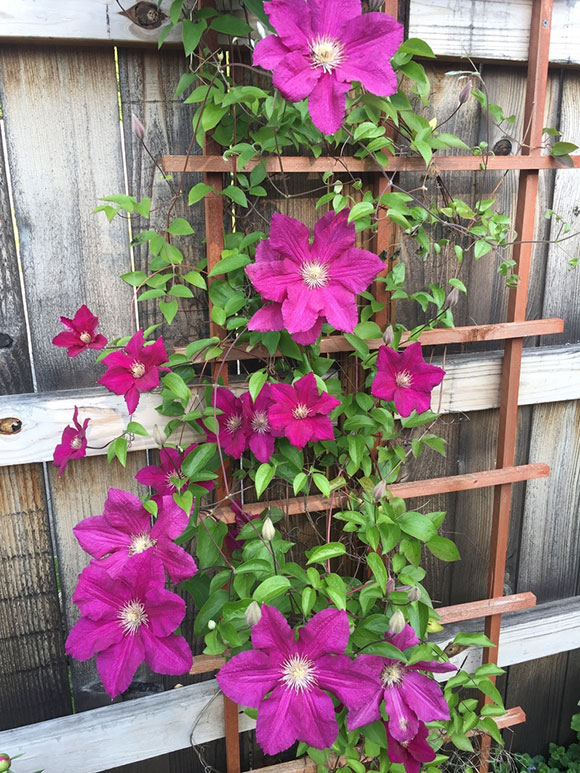
A trellis is a popular choice for supporting clematis vines. It provides a sturdy structure for the plant to climb and can be made of wood, metal, or plastic. When selecting a trellis, there are a few things to consider:
- Size: Make sure the trellis is large enough to accommodate your clematis plant as it grows.
- Shape: Consider the shape of your clematis plant and choose a trellis that complements its growth habit.
- Material: Choose a material that is durable and weather-resistant.
Using a Fence or Wall for Support
If you have a fence or wall in your garden, you can use it as a support for your clematis. This is a great option if you want to save space in your garden or if you want to create a living wall. Here are a few things to keep in mind:
- Orientation: Make sure the fence or wall faces the right direction to provide your clematis with the right amount of sun exposure.
- Attachment: Use wire or twine to attach your clematis to the fence or wall. Avoid using nails or screws, as they can damage the plant.
- Spacing: Make sure there is enough space between the fence or wall and the clematis to allow for air circulation.
Creating a DIY Support
If you’re feeling creative, you can create your own support for your clematis. This is a great option if you want to add a personal touch to your garden. Here are a few ideas:
- Obelisk: Build an obelisk out of wood or metal and use it as a support for your clematis.
- Teepee: Create a teepee out of bamboo poles and twine and let your clematis climb up the poles.
- Arbor: Build an arbor out of wood and let your clematis climb up the sides and over the top.
No matter which support you choose, make sure it is sturdy and provides your clematis with the right amount of support. With the right support, your clematis will thrive and provide you with beautiful blooms year after year.
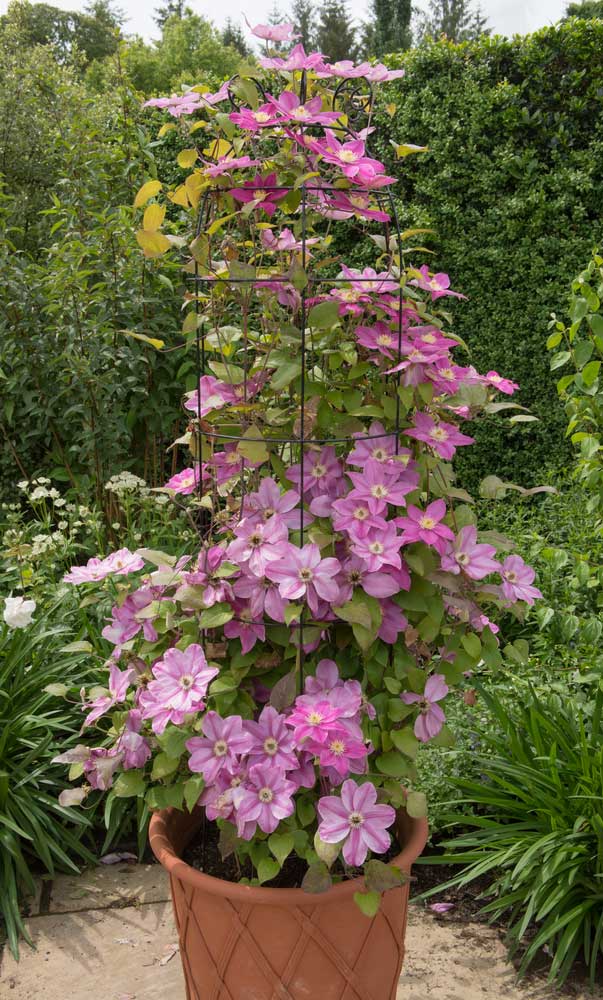
Training Your Clematis to Climb
Tying Your Clematis to the Support
When training your clematis to climb, it is important to tie it to the support structure you have provided. This will help ensure that the clematis grows in the direction you want it to and will prevent it from becoming tangled or damaged.
To tie your clematis to the support, use a soft material such as twine or garden tape. Begin by tying the stem of the clematis to the support structure at the base of the plant. As the clematis grows, continue to tie it to the support structure every few inches.
Be careful not to tie the clematis too tightly, as this can damage the stem. Instead, use a loose loop that will allow the stem to move and grow while still providing support.
Encouraging Your Clematis to Climb
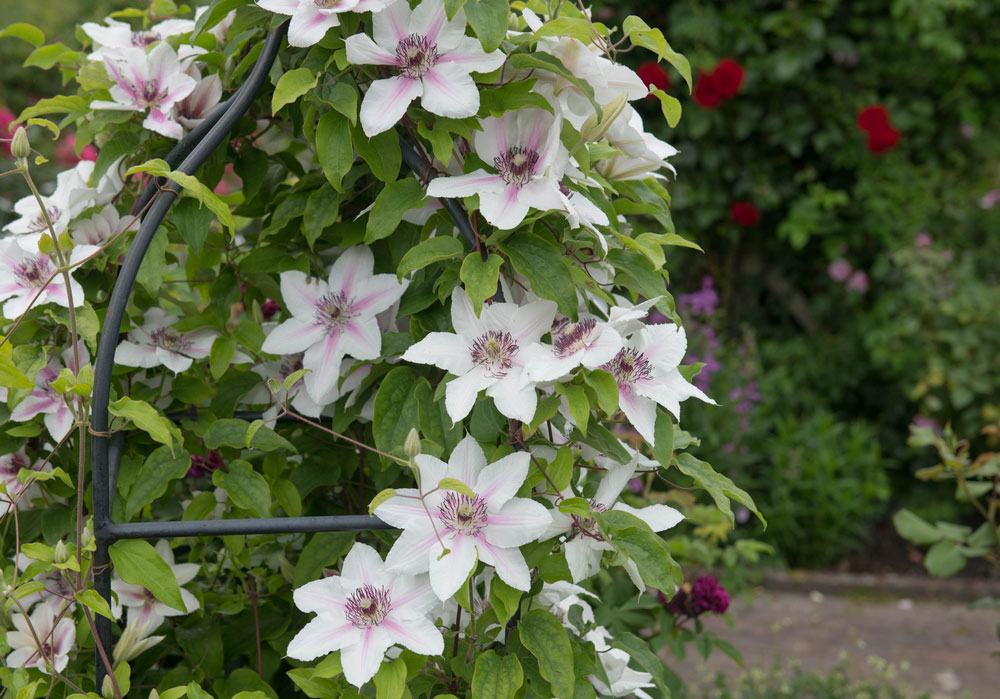
In addition to tying your clematis to the support structure, you can also encourage it to climb by gently bending the stems in the direction you want them to grow. This will help train the clematis to grow in the desired direction.
If you are growing a clematis that blooms on new wood, such as the popular ‘Jackmanii’ variety, you can also prune the plant back in the spring to encourage new growth and a more compact shape.
When training your clematis to climb, it is important to be patient. Clematis can take several years to reach their full size and potential. With proper training and care, however, your clematis will reward you with beautiful blooms year after year.
Frequently Asked Questions
How to train clematis up a wall?
To train clematis up a wall, you need to first install a trellis or support system. Then, plant the clematis at the base of the wall and tie the stems to the trellis as they grow. Be sure to space the ties out along the stem to prevent damage.
What is the best way to train clematis horizontally?
To train clematis horizontally, plant the clematis at the base of the wall or support system and tie the stems to the trellis or support as they grow. Be sure to space the ties out along the stem to prevent damage. You can also weave the stems through the trellis or support system to encourage horizontal growth.
What is the recommended trellis for clematis?
The recommended trellis for clematis is a sturdy, wooden trellis with horizontal supports spaced about 12 inches apart. This allows the clematis to climb and spread out as it grows.
How do you train a clematis to climb a fence?
To train a clematis to climb a fence, first install a trellis or support system along the fence. Then, plant the clematis at the base of the fence and tie the stems to the trellis as they grow. Be sure to space the ties out along the stem to prevent damage.
Can clematis climb without a trellis?
Clematis can climb without a trellis if they have something to cling onto, such as a wall or fence. However, it is recommended to provide a trellis or support system to encourage healthy growth and prevent damage to the plant.
How long does it take for clematis to start climbing?
Clematis typically takes a few weeks to a few months to start climbing, depending on the variety and growing conditions. Be patient and continue to provide support and tie the stems as they grow.





